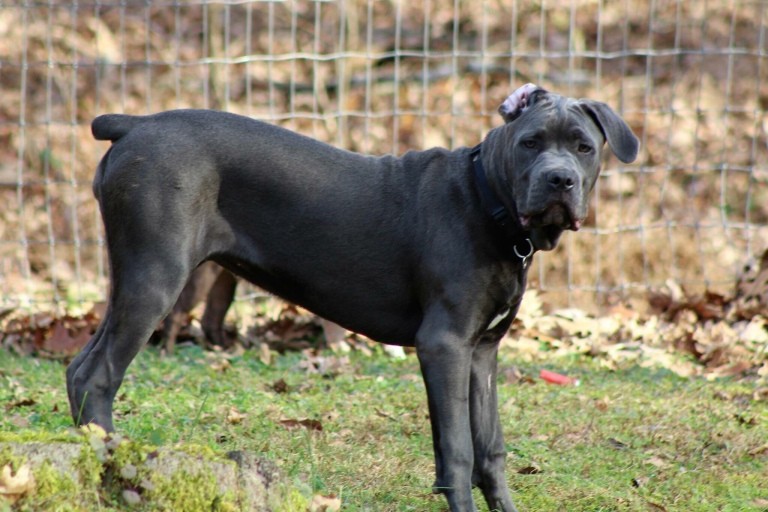
At 5 months old, Cane Corso puppies enter a crucial developmental phase marked by rapid physical growth and behavioral changes. Male puppies typically weigh between 48-55 pounds while females range from 42-50 pounds, with heights spanning 17-25 inches at the shoulder. This period requires careful attention to nutrition, exercise, and training as these powerful dogs begin developing their muscular frame and dominant personality traits. While still playful and trainable, 5-month-old Corsos need consistent socialization and obedience work to channel their growing strength and protective instincts appropriately. Understanding their unique needs during this stage is essential for raising a well-adjusted adult dog.
Cane Corso at 5 Months
Weight and Height Measurements
According to multiple sources, at 5 months of age, male Cane Corsos typically weigh between 48-55 pounds, with females slightly lighter at 42-50 pounds. Height-wise, Cane Corsos at this age measure approximately 17-25 inches at the shoulder.
Growth and Development Stage
At 5 months, Cane Corsos enter a critical growth phase where their weight increases significantly from 65-85 pounds in males and 50-70 pounds in females. This period marks substantial physical development as the puppies begin displaying more defined musculature. Their bodies undergo rapid growth, with males typically developing faster and showing more pronounced muscular definition compared to females. During this stage, proper nutrition and exercise become crucial to support healthy bone and muscle development while avoiding strain on growing joints.
Average Weight and Growth Chart for a 5-Month-Old Cane Corso
Weekly Growth Progression
While previous sections covered overall weight ranges, this section details the granular weekly progression during the fifth month. According to detailed tracking data, male Cane Corsos typically gain 2-3 pounds per week during this period, starting around 48 pounds at the beginning of month 5 and reaching approximately 55 pounds by the end. Females follow a similar pattern but at a slightly lower range, beginning around 42 pounds and reaching 50 pounds by month's end.
Physical Development Markers
Unlike earlier sections focusing on basic measurements, this section examines specific developmental indicators at 5 months. Growth tracking shows that by this stage, puppies should display defined shoulder and hip muscles, though not yet fully developed. Their chest cavity begins expanding noticeably, with the ribcage becoming more prominent. The head shape starts showing characteristic breed features, including developing wrinkles and a more pronounced stop. The legs typically reach about 75-80% of their adult length, though they may appear disproportionately long compared to the body during this growth phase. These physical markers help owners assess if their Cane Corso is developing according to breed standards.
Conclusion
At 5 months of age, Cane Corsos are in a critical growth phase marked by significant physical development. Male puppies typically weigh between 48-55 pounds, while females range from 42-50 pounds, with height measurements falling between 17-25 inches at the shoulder. During this period, puppies experience rapid weekly weight gains of 2-3 pounds, with males generally developing faster and showing more pronounced muscular definition than females.
This stage represents an important developmental window where proper nutrition and exercise are crucial for healthy growth. Key physical markers include expanding chest cavities, developing muscle definition particularly in the shoulders and hips, and the emergence of characteristic breed features in the head shape. Understanding these benchmarks helps owners ensure their Cane Corso is developing appropriately according to breed standards. Special attention should be paid to supporting bone and muscle development while being careful not to overstrain growing joints during this rapid growth phase.